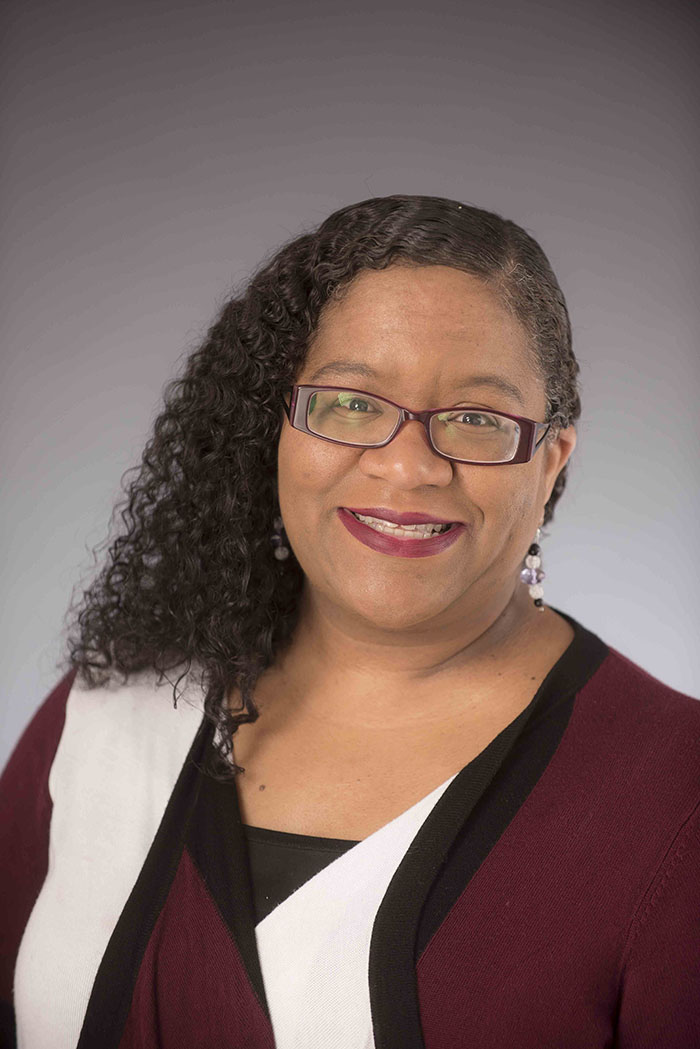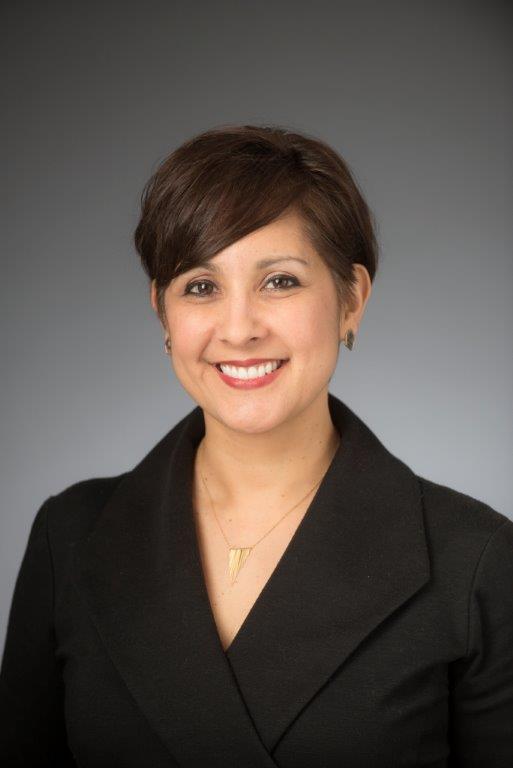 Last week, Child Care Aware® of America’s (CCAoA) Research Team attended the latest public convening for the Committee on Financing Early Care and Education with a Highly Qualified Workforce, sponsored by the National Academies of Sciences, Engineering, and Medicine. The committee is studying how best to fund early care and education for children from birth to kindergarten entry so that education is accessible, affordable to families, and of high quality. They are also tasked with including proposals for a well-qualified and adequately supported early childhood education workforce. CCAoA has a long history examining the cost and financing solutions for child care at the state and federal level. Our annual report, Parents and the High Cost of Child Care, discusses not only the unaffordability of child care but also the creative financing strategies that states and localities have used to help defray the cost of child care from parents. We were especially interested in hearing what experts across the country had to share on the subject.
Last week, Child Care Aware® of America’s (CCAoA) Research Team attended the latest public convening for the Committee on Financing Early Care and Education with a Highly Qualified Workforce, sponsored by the National Academies of Sciences, Engineering, and Medicine. The committee is studying how best to fund early care and education for children from birth to kindergarten entry so that education is accessible, affordable to families, and of high quality. They are also tasked with including proposals for a well-qualified and adequately supported early childhood education workforce. CCAoA has a long history examining the cost and financing solutions for child care at the state and federal level. Our annual report, Parents and the High Cost of Child Care, discusses not only the unaffordability of child care but also the creative financing strategies that states and localities have used to help defray the cost of child care from parents. We were especially interested in hearing what experts across the country had to share on the subject.
The all-day event was filled with information on a variety of topics and included four panels of experts and key stakeholders focusing on financing workforce transformations, role of employers in supporting accessible and affordable early care and education with a highly qualified workforce, defining affordability and determining distribution of costs in other sectors, and innovative funding strategies. The event concluded with a brainstorming session between panelists, committee members, and attendees. Here’s what we think you should know:
- Transformation of the ECE workforce is expensive and takes time. Leaders from West Virginia and New Jersey have been successful with developing strategies to support the ECE workforce with professional development opportunities, pathways to certifications and degrees, and salary parity. They emphasized that change to professional development systems for the ECE workforce occurred in their states due in part to the luxury of time to plan and sufficient financial backing from the state to implement their ideas. They suggested that states looking to embark on transforming the ECE workforce start small with their ideas and use data from their state to drive their plans.
- There is much to learn from established successful ECE systems like the Department of Defense’s Military Child Care model with its highly resourced professional development system and strong oversight, and the Council of Professional Recognition’s CDA program that has a legacy of preparing the ECE workforce across many program settings.
- The business community can play a vital role in both supporting the development of a highly qualified workforce within their companies and advocating for ECE workforce transformation across the business community. Executives from Huntington Ingalls Industry and PNC discussed how their organizations view support for ECE as an investment in their workforce as well as the communities in which they live. They emphasized the importance of seeing this investment as a part of the business culture so that it is not easy to dismantle and the workforce expects it. They encouraged ECE leaders to approach local and state businesses to help them understand business case for investment in ECE and support them in developing strategies to support their employees.
- Defining affordability is a challenge. CCAoA’s report on child care costs defines affordability using a simple formula—the percent of median state income that goes toward average state child care costs. The third panel had panelists who discussed affordability calculations for other sectors including how institutions and government determines affordable college costs (loans and grants), mortgage and rent (loans and tax credits), and health care (insurance and subsidies). The ideas were interesting though not easily transferable to the ECE field. There is much work to be done in this area.
- Some of the most compelling and creative work on financing early care and education (ECE) and transforming the workforce is being done at the state and local level. We were excited to see that the fourth panel of experts highlighted many of the innovative funding strategies we discuss in our Parents and the High Cost of Child Care report including Pay for Success models, the MinneMinds business advocacy group, the Louisiana Child Care Tax Credits, and Center for American Progress Tax Credit proposal.
The final session of the meeting was a dynamic brainstorming session for all attendees. Participants offered up some interesting thoughts including tying child care savings to the mortgage system, creating a federal system like social security for parents of young children, and treating child care subsidies more like the invaluable subsidies supporting other business industries like auto manufacturers and energy providers. No idea was “off the table,” and those that volunteered their thoughts acknowledged that they needed development and many were not feasible, but the notion of creativity was greatly appreciated. The committee will take the information shared from the meeting and in other closed door sessions to help in the development of their forthcoming report on the topic.
Our team enjoyed the brainstorm and decided that “thinking outside of the box” is what is exactly what is needed in our field. If you would like to share any ideas about financing for ECE in general, and the ECE workforce in particular, please drop us a line at research@usa.childcareaware.org. We’d love to hear from you!





